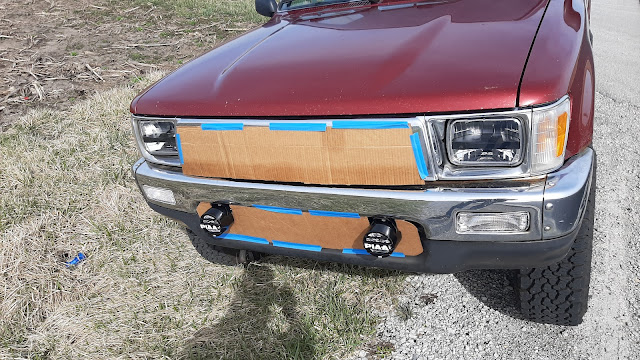The obvious (and valid) criticism of throttle-stop testing hasn't even been brought up in this thread, despite all the ink spilled. It is:
can we be sure that a constant throttle opening really produces a constant torque on a real vehicle? For large changes in RPM where the engine might be in a different part of its torque band, probably not (which is why this technique can't be used to calculate percent change of large changes in drag). For small changes in RPM where the engine is in a narrow part of its torque band, probably. Keep everything else as consistent as possible and test a known change in drag to see if it works on your car.
Before I even attempted this, I wired in a display showing throttle position sensor voltage so I could watch it during testing and ensure the throttle was kept at the exact same opening each run. I then used a wood block with through-bolts that rest on the floorboard and a wood screw on top where the pedal rests so I could adjust the stop. Only then did I go out on the road to try it, and it still took several tries before I got consistent enough that the tests showed a change in drag with windows down.
You need a good, flat road with light/no traffic. Identify a test section using a road sign, light pole, or mailbox as a marker. Enter the test section at the same speed every time and, when you pass the marker, press the throttle to the stop. Once the vehicle has accelerated to its new top speed and settled there, take the GPS speed reading at another marker, using the same one each time. Do this and you should get consistent results; verify using windows up/down, which on most cars increases drag 6-12%. If the results you get are way outside that range, try to figure out what's going wrong.
To ensure that the tests still worked at different throttle openings, I did windows up/down tests on my truck at three different throttle positions. Finding that these were consistent,
then (and only then) I tried measuring drag changes of other modifications: grill block (reduced drag), mirrors removed (reduced drag), large air dam (reduced drag), wheel covers (front reduced drag, rear did not), and large spoiler (increased drag).
The maximum change I've measured was 91 kph/95 kph for a drag-reducing change and 93 kph/88 kph for a drag-increasing change. If you're seeing something like 90 kph/100 kph, that large a change in RPM might put the engine in a different part of its torque band; if I saw that on a test I wouldn't bother trying to calculate a percent change in drag.




